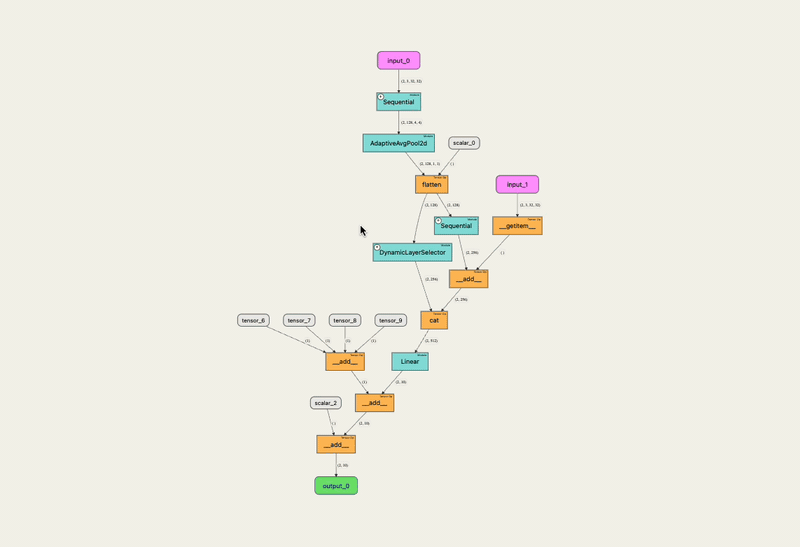Hydraulics is a fascinating field that demonstrates the power of fluids in motion. With its roots in ancient engineering, hydraulics has evolved into a sophisticated technology that can exert tremendous force through incompressible fluids. This capability has transformed industries, facilitating tasks ranging from lifting heavy loads in construction to enabling intricate functions in aerospace applications.
What is hydraulics?
Hydraulics involves the use of pressurized liquids to perform work or transmit power. This mechanism relies on the principles of fluid dynamics and Pascal’s Law, which states that pressure applied to a confined fluid is transmitted undiminished in all directions. The application of hydraulics is vast and integral to many modern machines and systems.
Understanding hydraulic systems
Hydraulic systems consist of interconnected components that effectively manage fluid movement to create mechanical action. These systems rely on the efficient transfer of hydraulic energy to accomplish various tasks, from operating machinery to controlling movement in vehicles.
Components of hydraulic systems
Key components of hydraulic systems include:
- Actuators: Devices that convert hydraulic energy into mechanical movement.
- Hoses: Tubes that transport pressurized fluid throughout the system.
- Control valves: Mechanisms that regulate fluid flow and pressure.
- Hydraulic pumps: Equipment that generates hydraulic pressure by pushing fluid through the system.
How hydraulic systems work
The operation of hydraulic systems hinges on the principles of force multiplication. When pressure is applied to a small piston, it creates a proportional force that can move a larger piston, resulting in amplified movement and power. This process is efficient and allows hydraulic systems to lift heavy loads or perform intricate tasks with relative ease.
Historical background of hydraulics
The field of hydraulics has a rich history, tracing back to early civilizations that harnessed the power of water for various uses. With advancements in understanding fluid mechanics, key figures like Blaise Pascal emerged, significantly impacting hydraulic technology.
The contributions of Blaise Pascal
Blaise Pascal’s work laid the foundation for modern hydraulic principles. His formulation of Pascal’s Law clarified how pressure behaves in confined fluids. Furthermore, he contributed to the development of devices like the hydraulic press, which revolutionized manufacturing processes by allowing for the efficient compression of materials.
Applications of hydraulic systems
Hydraulics finds applications across numerous sectors, leveraging its ability to exert force and control movement. The versatility of hydraulic systems makes them crucial in both industrial and everyday contexts.
Various industries utilizing hydraulics
Industries that benefit from hydraulic technology include:
- Automotive industry: Braking systems and power steering functionalities.
- Construction: Heavy machinery, such as cranes and excavators.
- Manufacturing processes: Automation and assembly lines utilizing hydraulic equipment.
- Aerospace applications: Control systems in aircraft relying on hydraulic actuation.
Everyday uses of hydraulics
Hydraulic systems are ubiquitous in daily life. Common examples include the hydraulic brakes in vehicles, the lifts in elevators, and even the machinery in amusement park rides. These applications highlight the essential nature of hydraulics in both professional and recreational settings.
Examples of hydraulic machinery
Specific types of hydraulic machinery illustrate the practical implementation of hydraulic principles in various tasks.
Log splitters
Log splitters utilize hydraulic power to efficiently split logs. The hydraulic system generates the force needed to drive a sharp wedge through the wood, enabling quick and effective processing of firewood.
Backhoes
Backhoes are versatile construction machines that combine a digging bucket with a front loader. Utilizing hydraulic systems, they can perform multiple functions, such as digging trenches or lifting heavy materials, making them invaluable on construction sites.
Bucket trucks (cherry pickers)
Bucket trucks use hydraulic lifts to elevate a platform, allowing workers to reach high places safely. Commonly seen in utility and maintenance work, these structures rely on hydraulic systems for smooth and precise vertical movement.
Comparison: hydraulics vs. pneumatics
Hydraulics and pneumatics are both systems that use fluid to transmit power; however, they differ significantly in their operations and applications.
Key differences between hydraulic and pneumatic systems
The main differences include:
- Pressure capacity comparison: Hydraulic systems operate under higher pressure than pneumatic systems, making them suitable for tasks requiring greater force.
- Fluid nature: Hydraulics use liquids, while pneumatics utilize gases, leading to distinct characteristics in performance.
- Applications and efficiency: Hydraulics are often more efficient for heavy-duty operations, while pneumatics are better for lighter tasks.
Advantages of hydraulics over pneumatics
Hydraulic systems provide enhanced power transfer and greater efficiency, particularly in scenarios that demand high force output. This capability enables them to handle heavier loads and perform more complex operations than their pneumatic counterparts.
Related concepts in fluid dynamics
Hydraulics is intertwined with broader principles of fluid dynamics and mechanics, showcasing the complexities of behavior within fluids.
Pascal’s principle
Pascal’s principle plays a crucial role in understanding hydraulic systems. It explains how pressure applied to a confined fluid is transmitted throughout the system, laying the groundwork for force multiplication in hydraulic machinery.
Power take-off and fluid dynamics interconnections
The concept of power take-off further connects to hydraulic principles, where hydraulic systems can harness energy from moving fluids to execute mechanical work. This interconnection highlights the versatility and significance of hydraulics in various engineering applications.

